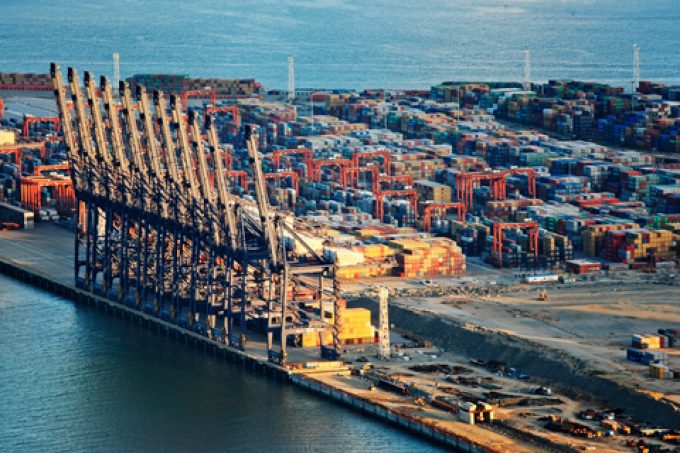EU tariffs on Chinese EV imports not expected to put the brake on sales
The EU imposition of tariffs on Chinese electric vehicles this month is not expected to ...

Amid a “very quiet” end-of-year shipping season, empty containers are piling up at Chinese ports.
According to Alice Tang, China-Europe land transport planner at ITS Cargo, there has been a complete reversal of the severe equipment shortages of last year’s pandemic-induced cargo boom.
“Empty containers are piling up at ports including Guangzhou, Yantian, and Shekou,” she told The Loadstar.
“Some say they are already piling up on roads, while others say 90% of box spaces are occupied. Trailer drivers used to bring loaded ...
Maersk u-turn as port congestion increases across Northern Europe
Maersk Air Cargo sees volumes fall as it aims for 'margin in favour of revenue'
Keep our news independent, by supporting The Loadstar
Container spot rates diverge: to Europe still falling, but firmer to the US
Hapag-Lloyd won't take bookings if port congestion leaves cargo stranded
Ecommerce likely the front-runner in resurge of transpacific trade after deal
Containership charter market feels the ripples from trade tensions
Airfreight players eye new routes as demand on the transpacific nosedives

Comment on this article